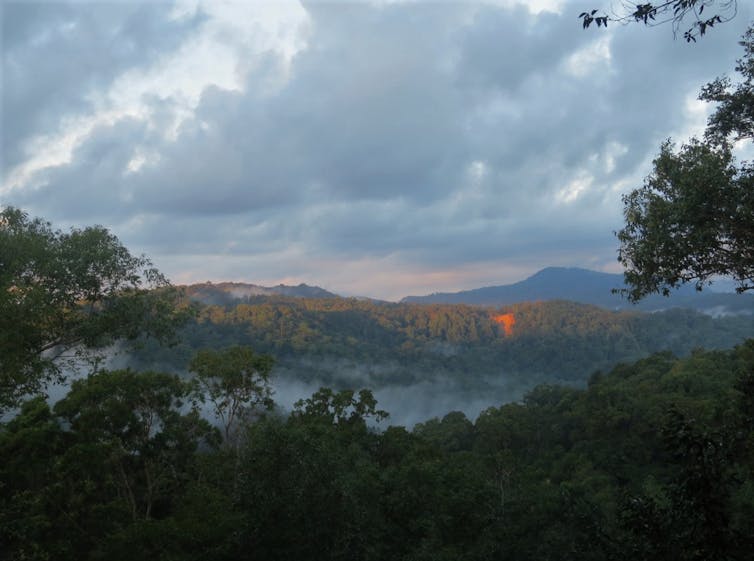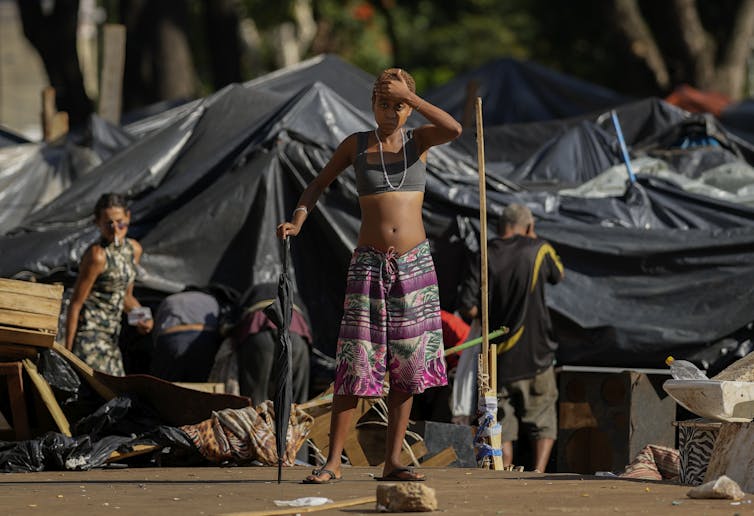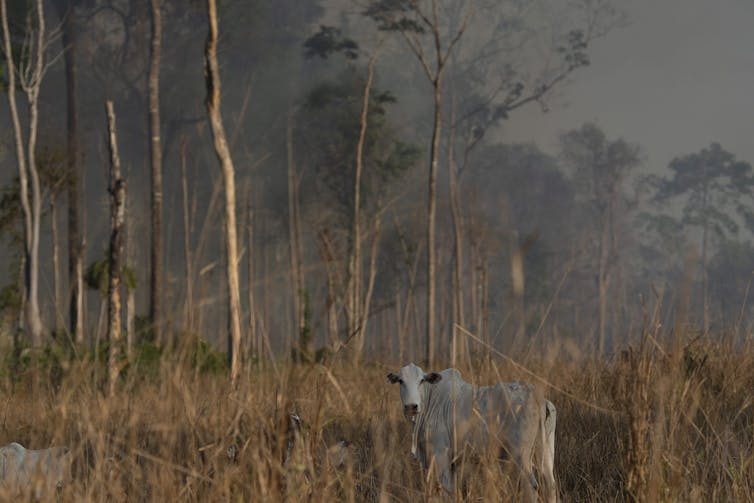Salesforce employees signed an open letter urging company leadership to drop the NRA as a customer.
It's "unconscionable" that the NRA can use their software for marketing and fundraising, the employees said.
Marc Benioff, the co-CEO of Salesforce, has previously voiced support for gun control.
More than 4,000 Salesforce employees have urged their company's leadership to drop the National Rifle Association (NRA) as a customer.
The employees made their request in an open letter addressed to company leaders including co-CEOs Marc Benioff and Bret Taylor, SFGate first reported, citing a copy of the letter it viewed. The employees delivered the letter a day after a teenager went on a shooting rampage in Uvalde, Texas, on May 24, killing at least 19 students and two adults.
"It's not in our power to get background checks or other gun control measures passed by Congress — but we can effect change by ending our commercial relationship with our customer, the National Rifle Association," the Salesforce employees wrote in their letter.
The letter's signatories expressed concern the NRA would rely on Marketing Cloud even more after the Uvalde massacre, according to a copy of the letter published by Protocol. Marketing Cloud is a Salesforce software that helps users plan and analyze digital marketing campaigns.
The signatories said the NRA would ramp up its marketing efforts "not to prevent future tragedies from happening, but to sow fear, sell guns, and abet future atrocities," the letter continued.
"It is unconscionable to consider their use of Marketing Cloud to capitalize on mass shootings," the letter continued.
The NRA has continued its advertising activity in the aftermath of the shooting. It started running Facebook ads about two weeks ago that urged gun owners to not let Congress limit gun ownership, and those remained active after the Uvalde shooting, per CNBC. The weekend after the massacre, the NRA held its annual convention in Houston, just 300 miles from Uvalde. The group showcased "14 acres" of guns and gear at the convention.
Some Salesforce employees, however, were cautious about urging the company to end its commercial relationship with the NRA, especially if what it was doing was not illegal, SFGate reported.
Salesforce has taken action against gun ownership before. In 2019, it banned customers from using its software to sell certain types of firearms. After the Uvalde massacre, Benioff showed his support for gun control. In a May 25 CNBC interview, he said "we need to take direct action" against gun violence.
Salesforce hasn't responded to the open letter, an unnamed employee told Protocol. Employees are expected to attend an all-hands meeting with leadership next week, per Protocol.
Salesforce did not immediately respond to Insider's request for comment.



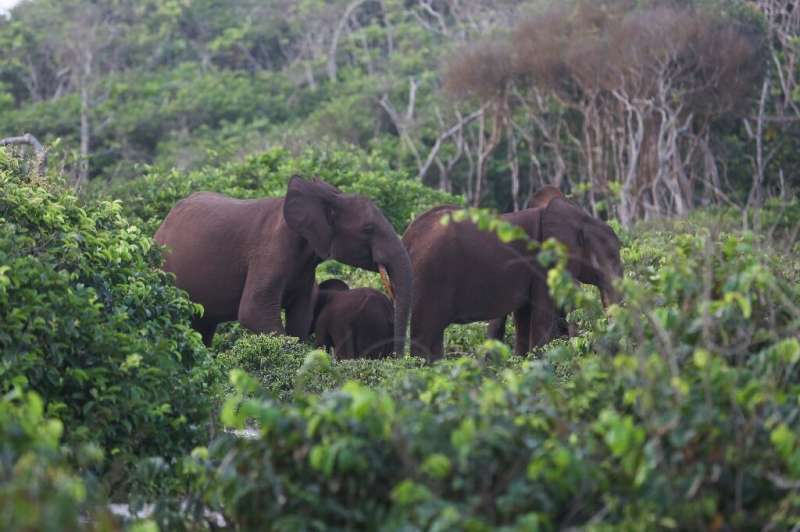
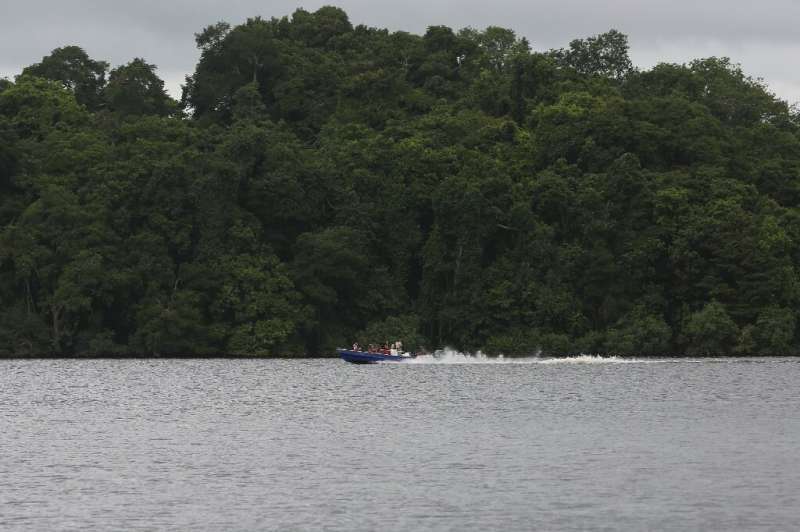
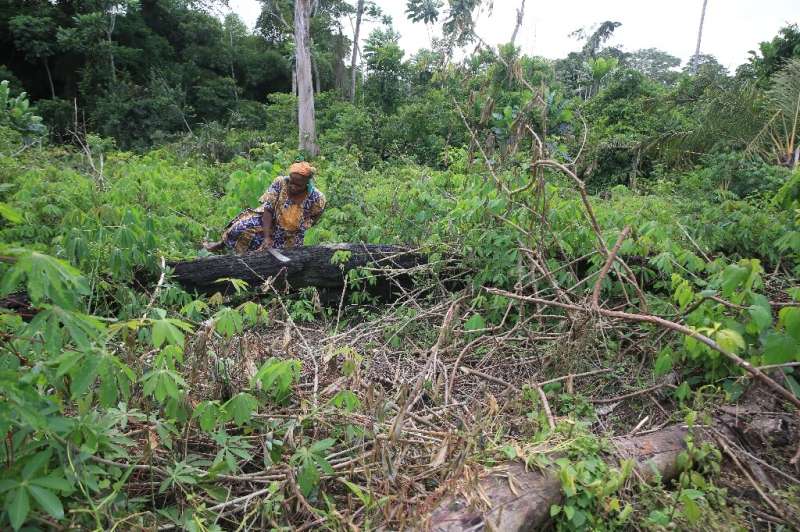
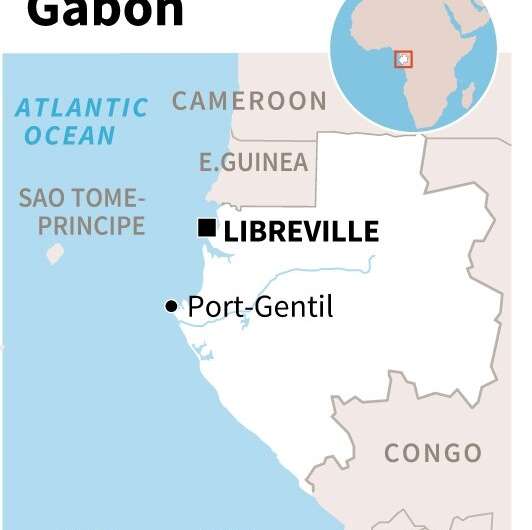












.png)







